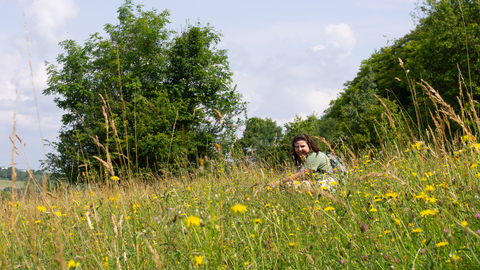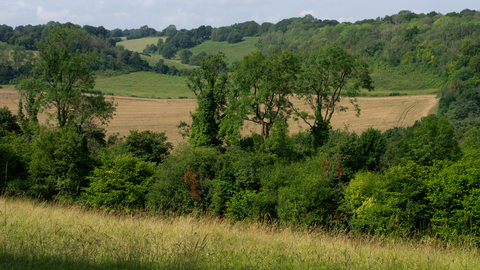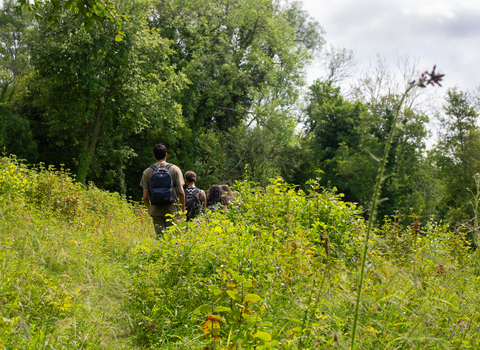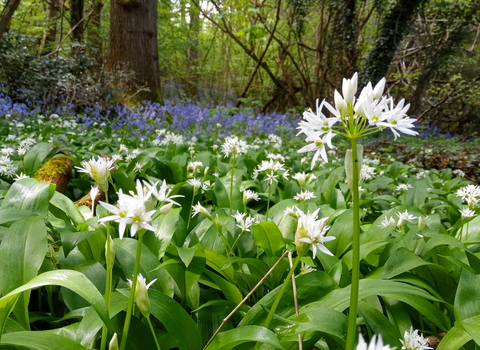
Saltbox Hill
Photo credit: Eve Edwards

Saltbox Hill
Photo credit: Eve Edwards
Bee orchid at Saltbox Hill credit Mike Waller
Saltbox Hill
Know before you go
Dogs
When to visit
Opening times
Open at all timesBest time to visit
April to SeptemberAbout the reserve
The long west-facing bank of Saltbox Hill overlooks a hidden dry chalk valley near Biggin Hill, close to London’s border with Surrey and Kent. It features calcareous grassland, ancient woodland and scrub habitats that are home to an array of rare wildflower and grasses, as well as at least 32 species of butterfly. The world-famous naturalist Charles Darwin lived nearby and the abundant wildlife he found in the surrounding landscape was said to have been an inspiration for his evolutionary theories.
History of Saltbox Hill
Many downland habitats have been destroyed over the past 40 years, having been ploughed up, built over or simply lost through neglect. Saltbox Hill is a surviving fragment of downland and is recognised as one of the richest such sites in Greater London.
Notified as part of a Site of Special Scientific Interest in 1985, it was bought by the Trust in 1999 following long-term concerns raised over its condition.
Management of Saltbox Hill
The priority is to maintain existing areas of chalk grassland and progressively restore areas that have been encroached by hawthorn scrub. The site is grazed year-round by a variety of livestock such as goats and sheep, with supplementary rotational mowing to prevent scrub encroachment and invasive plant colonisation. A proportion of chalk scrub is being retained, as is the existing area of mature ash woodland.
Status of Saltbox Hill
Part of a Site of Special Scientific Interest, Site of Metropolitan Importance, Metropolitan Green Belt.


